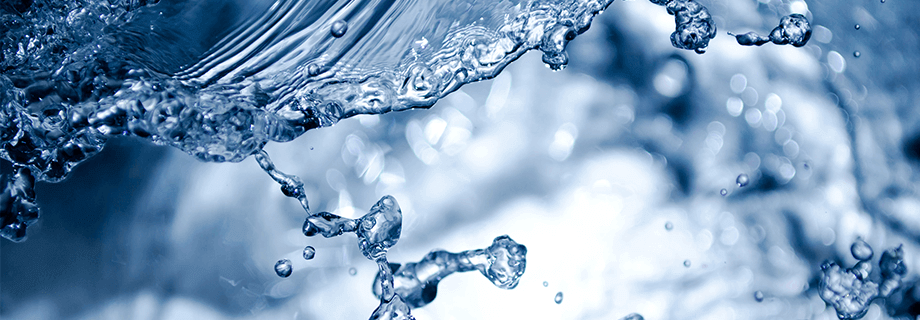Water Injection

When we talk about water injections as it relates to Insta-Pro extruders, we generally think about production of shaped products such as pet foods, fish feed, etc.
There are, however, many other uses for water injection. Grain combinations with higher starch or fiber content are a good example. Anytime a particalizer is used for simple size reduction, water injection is always needed.
Water injection is not an efficient method of conditioning feed stock due to the short dwell time in the barrel. A preconditioner is the method of choice, but in its absence, water addition can be done in the mixer prior to extrusion. Water has to be measured accurately to avoid mistakes that may cause conveying and feeding problems to the extruder.
Often, water injection is used for the sole purpose of controlling temperature. An added benefit is a reduction in parts wear and better control of product shrinkage.
We normally don’t recommend the use of water injection when an oil press is in use. Additional moisture can cause problems with press efficiency as the press works best when the extruded product entering is in the 5% moisture range. There are, however, exceptions to this rule.
Example: Soybeans in storage dry down the longer they’re there. Say it’s July, and you’re trying to extrude and press some soy that is coming out of storage at 6% or 7% moisture. Extruding at 300˚F will send product to the press at 3% or less. This can cause a higher amp. draw at the press which can in turn cause a lower production rate, not to mention problems controlling the temperature at the extruder.
Another thing to consider is the finished analysis of the extruded meal. Water is essential in getting proper reduction of urease and trypsin inhibitors, as these are deactivated in the presence of heat, moisture and pressure.
Water injection is also a much easier way to control extruder temperature versus making constant adjustments to the nose cone or reconfiguring the steamlocks.
Water injection is important when running complete formulations or other basic grain combinations. Again, temperature control is a big reason, especially where fiber is concerned. Proper starch gelatinization also requires enough water present to enhance expansion of the starch cells.
Water injection is a double-edged sword. If done incorrectly, it can cause all kinds of problems including problems with conveying, storage, and in the case of the oil press, lower efficiencies.
So, what’s required for proper water injection? Our water injection system is best described as a high pressure, low volume system. This requires constant high pressure. We recommend 100 to 120 PSI, or 7 to 8 BAR. Volume can be as low as 5 to 10 GPH (15 to 30 LPH) or as high as 30 GPH (100 LPH). Our system includes an injector, which is a spring loaded ball that mounts in the inlet chamber of the extruder, a water manifold and pump. The manifold consists of a gate valve, needle value (for adjustment) and flow meter (for precise control). The pump is an internal bypass pump, adjustable to 600 PSI.
A note about the pump – because the manifold is rated for 150 PSI (there is also a pressure gauge on the manifold), we don’t recommend adjusting the pump above 125 PSI.
Advantages to our system:
- Constant, steady pressure – if you try to run off “city pressure”, the pressure is constantly changing (every time someone flushes the toilet). A pressure tank system means dealing with a high low pump switch.
- Being able to visually monitor water addition and flow rate.
- More precise addition of water, even at lower rates. This translates into smoother extruder operation, not to mention better finished product quality and maximized production.
- Water addition can reduce the time spent making adjustments to or reconfiguring the extruder.

